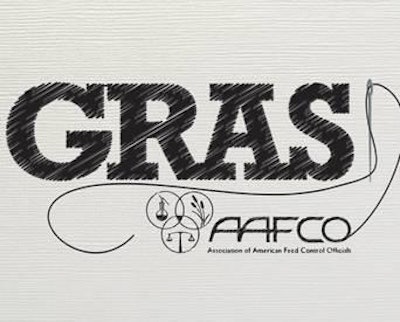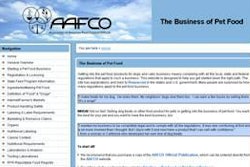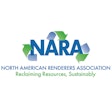
A single thread of controversy entangled nearly every committee discussion during the annual Association of American Feed Control Officials meeting in August 2011. That thread was the impending change in the way the US Food and Drug Administration’s Center for Veterinary Medicine will oversee the safety of ingredients in petfoods and other animal feeds from now on—and how that change could severely inhibit the industry’s ability to demonstrate the acceptability of its ingredients to state regulators.
At the core of this controversy is the extent to which states can rely on the “new” GRAS (generally recognized as safe) notification process, a safety review by FDA that deviates from the direct review of safety data FDA had previously contributed to the AAFCO definition process. Although a human food ingredient that receives a “no questions” letter from FDA in response to a GRAS notification generally can be used in all states without regulatory consternation, a debate has arisen over whether such a process will be good enough for AAFCO.
Since the human foods industry has relied on the GRAS notification process for the last 14 years, a review of that experience may be helpful. Key to the efficiency of the process is that, instead of conducting its own time-consuming direct review of the data, FDA reviews the sponsor’s detailed summary and expert analysis of the basis for GRAS status. It then responds to the sponsor with one of the following conclusions: “Notice does not provide a basis for a GRAS determination” or “FDA has no questions.”
So, the agency no longer says, “We think it’s safe” when the outcome of the review is positive, but it does say, “We think you’ve done everything necessary to support a conclusion of safety.” With human food, that has been enough. A “no questions” response is widely interpreted as a stamp of approval, documenting that FDA has thoroughly reviewed the process used by the sponsor—including the nature of the experts consulted, the science on which they relied and the analysis they applied to the underlying data—and that the agency agrees this process was adequate to establish GRAS status.
The safety and appropriate use of ingredients for human foods is regulated almost exclusively by FDA’s Center for Food Safety and Nutrition. There is little of the questioning of ingredient safety by state governments that is seen with petfoods.
However, there are analogous examples in the human foods industry of third-party reliance on FDA “no questions” responses to GRAS notifications. The most impressive of these is with infant formula, the most highly regulated food product in the US. The Infant Formula Act of 1980 requires that CFSAN conduct a thorough review of each new infant formula introduced to the marketplace to ensure it is a suitable and adequate nutritional substitute for human milk. This review is conducted by a different office within FDA (Office of Nutrition, Labeling and Dietary Supplements, ONLDS) from the one that reviews GRAS notifications (Office of Food Additive Safety, OFAS)—but in its assessment of whether the ingredients of the new infant formula are shown to be safe, ONLDS fully accepts the adequacy of a “no questions” response from OFAS to a GRAS notification.
The GRAS notification process has been in use at CFSAN since 1997, and a total of 394 ingredient/intended use combinations have been submitted to that process. (See “Useful links.”) Among notifications related to infant formula, the FDA lists such relatively novel ingredients as prebiotics (like galacto-oligosaccharides), probiotics (including Bifidobacterium lactis, Streptococcus thermophilus and Lactobacillus casei) and DHA/ARA (docosahexaenoic acid and arachidonic acid), all of which have been accepted as safe by ONLDS on the basis of OFAS “no objections” letters.
Further, many international governments have given deference to OFAS “no objections” status, even in the sensitive infant formula arena.
Based on the nature of review provided under the GRAS notification process as it has been used in human food for 14 years—as well as the acceptance of a “no questions” response that has been established within sensitive industries, international governments and other FDA offices—it would not be unreasonable for AAFCO to consider the safety component of an AAFCO definition to be fully addressed by such a response from FDA to a GRAS notification. The alternative would be an unnecessary, expensive and time-consuming duplication by AAFCO of the already thorough efforts of the sponsor’s expert panel and FDA.
The extent to which a “no questions” GRAS response from FDA could eliminate any need at all for an AAFCO definition would depend on whether there are issues other than safety that need to be addressed by AAFCO, and there are likely several. For example, FDA review of GRAS notifications does not address whether the nomenclature used by the ingredient’s sponsor is an appropriate “common or usual name” as required in the ingredient listing on the food’s label.
AAFCO members and working groups are already firming up their positions on GRAS notifications to be ready to deal with the first “no questions” responses from CVM. Petfood manufacturers and ingredient suppliers are encouraged to discuss the issue as soon as possible with their trade association representatives and state regulators.















